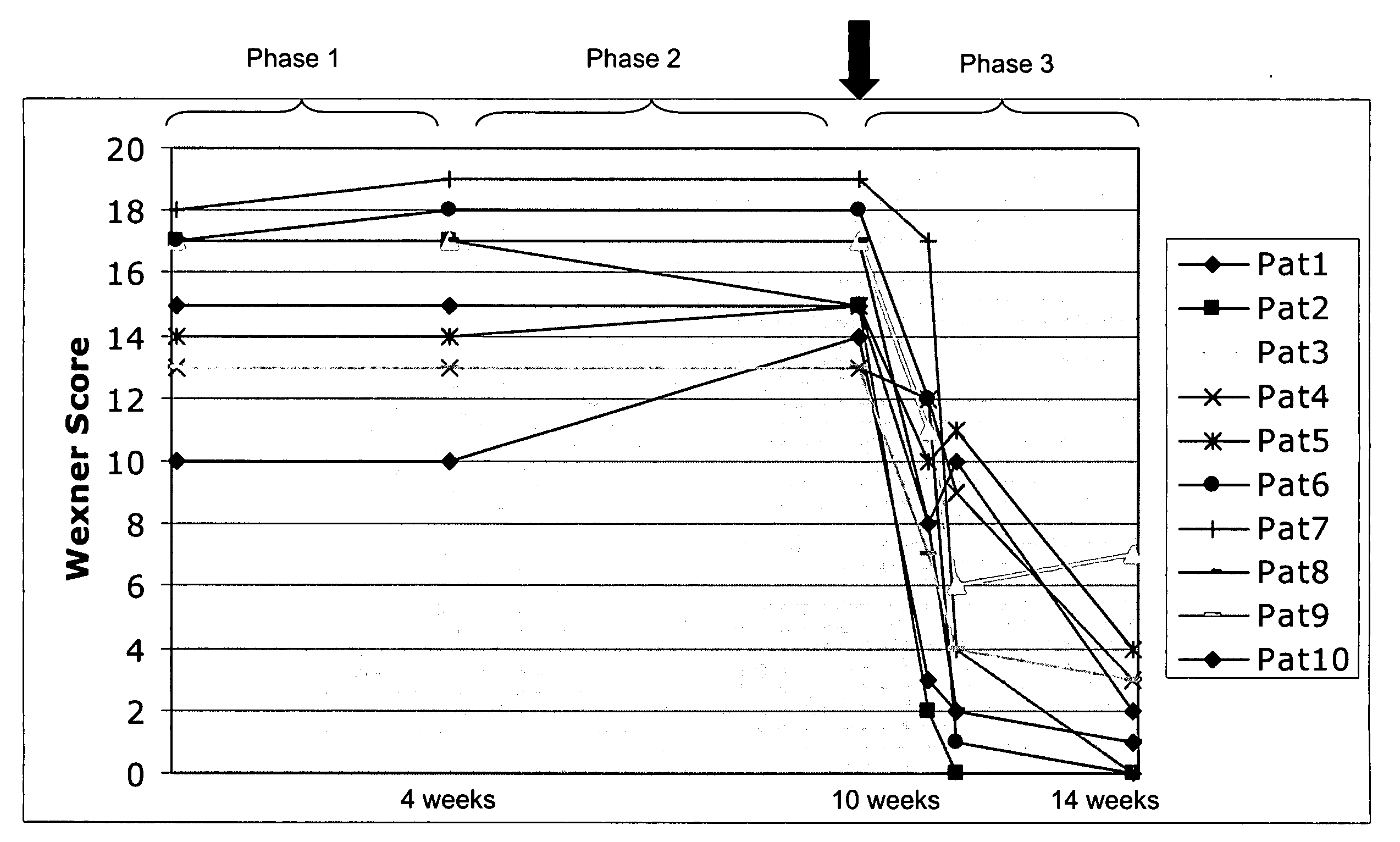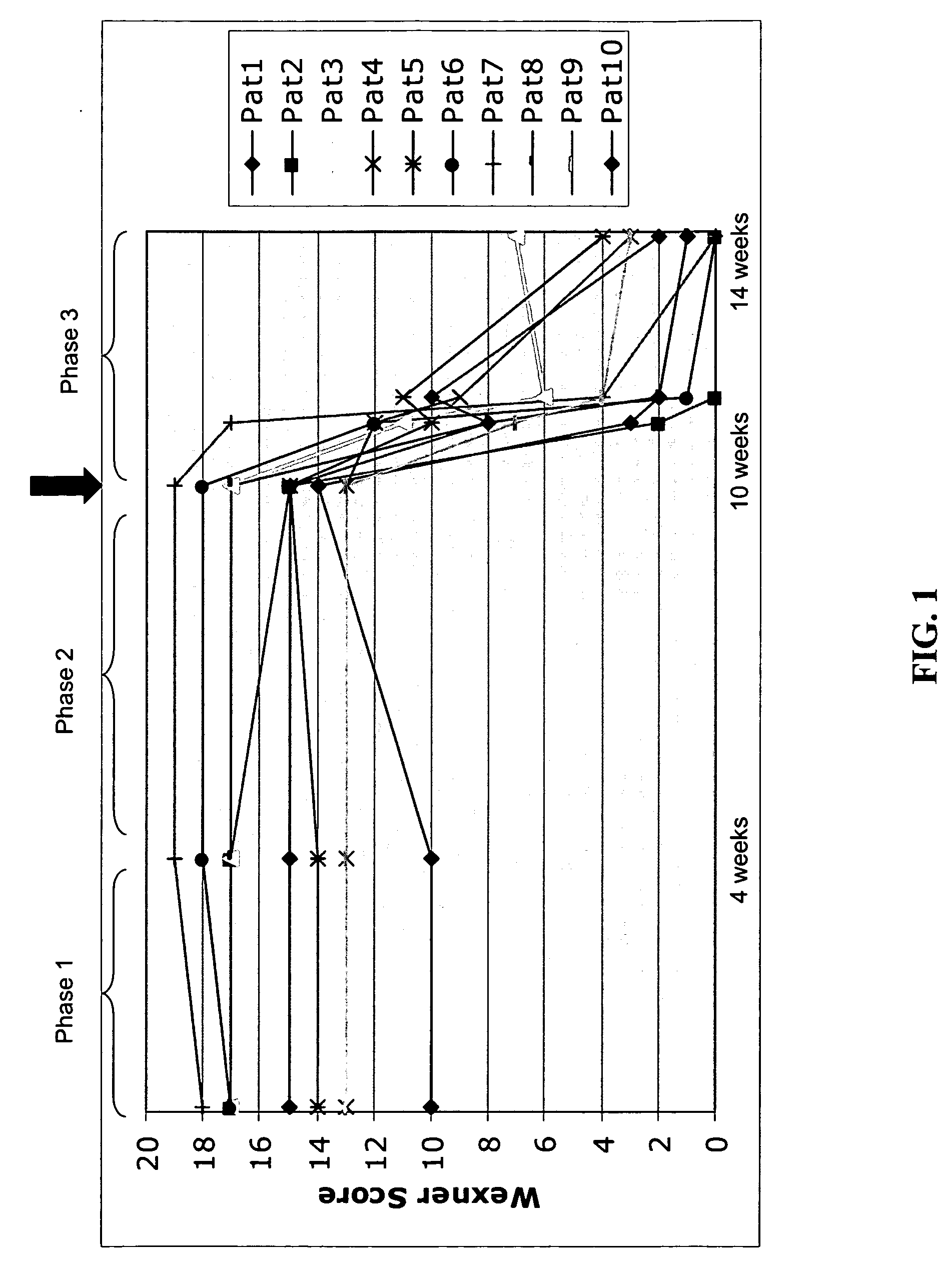Methods for the treatment of anal incontinence
a technology for incontinence and treatment, applied in the field of preventing or treating anal incontinence, can solve the problems of multi-layered and complex reasons, not to underestimate the cost factor of the public health system, and achieve the effects of preventing and treating anal incontinence, minimal or no allergic reactions, and improved treatment
- Summary
- Abstract
- Description
- Claims
- Application Information
AI Technical Summary
Benefits of technology
Problems solved by technology
Method used
Image
Examples
Embodiment Construction
A. Definitions
[0041]The term “anal incontinence,” as used herein, refers to any undesired loss of intestine content through the anus, like flatus, liquid or solid faeces. The term comprises all three severity grades: Grade 1=only gaseous, grade 2=liquid and soft feces, grade 3=solid, formed feces.
[0042]The term “anal sphincter” or “anal sphincter apparatus,” as used herein, refers in particular to the Musculus sphincter ani externus and the Musculus puborectalis as a part of the Musculus levator ani. However it also includes M. pubococcygeus, M. ischiococcygeus, M. iliococcygeus and N. pudendus.
[0043]The term “muscle derived cell” refers to myoblasts, which can be primary cells and / or in vitro cultured cells and alternatively to other cells with myogenic potential (e.g., from liposuctioned tissue or other stem cell harbouring tissues such as bone marrow. The term also comprises cells derived from adipose which can be isolated and used for culturing of skeletal muscle cells.
[0044]The...
PUM
 Login to View More
Login to View More Abstract
Description
Claims
Application Information
 Login to View More
Login to View More - R&D
- Intellectual Property
- Life Sciences
- Materials
- Tech Scout
- Unparalleled Data Quality
- Higher Quality Content
- 60% Fewer Hallucinations
Browse by: Latest US Patents, China's latest patents, Technical Efficacy Thesaurus, Application Domain, Technology Topic, Popular Technical Reports.
© 2025 PatSnap. All rights reserved.Legal|Privacy policy|Modern Slavery Act Transparency Statement|Sitemap|About US| Contact US: help@patsnap.com


